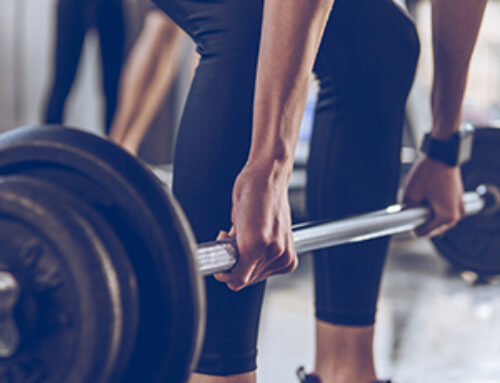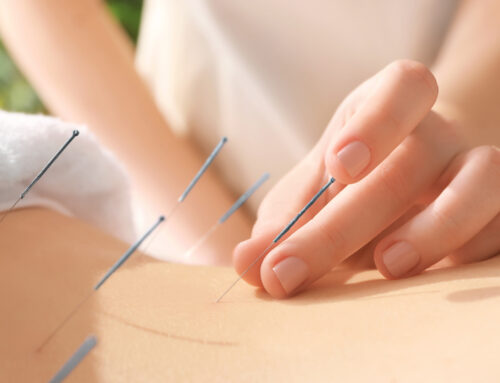
A new school year is always exciting. Students will soon be reconnecting with friends they haven’t seen all summer, and some will be returning to in-person classes for the first time in over a year. But as routines change, it is important to ensure that students and teachers alike have strong and healthy spines. Back problems aren’t just painful; they can also cause serious damage to the nervous system and debilitate movement. Check out these tips for keeping your back healthy.
Tip 1: Wear the right backpack, and wear the backpack right
Backpacks are one of the most important educational tools that students use every day, but they also bring risks for injury. Students who think they’re tough might try to carry too much weight. When in a rush, they may sling their bags over one shoulder to save time. But these behaviors and others should be avoided; when backpacks get too heavy and aren’t worn properly, serious back damage can occur.
Keep the backpack light
Have you ever tried to pick up your child’s school backpack and wondered whether there were bricks inside instead of books? How can they stand to carry that much weight? According to orthopedists, backpacks should be no heavier than 10 percent of the student’s body weight. Despite this, some high schoolers carry as much as 20 pounds. Here are some ways for students to lighten the load.
- -Bring only the essentials to school.
- -Don’t carry all your books all day, but instead, visit your locker as much as possible to put away books you’re not using.
- -Carry some items in your hands.
- -Use a backpack made of lighter materials, such as canvas, instead of heavier ones like leather.
- -If any of the above methods are impractical or impossible, you might want to consider a rolling backpack. If you do, make sure you read up on lifting posture first.
Distribute the weight
Just as important as the overall weight is the way that the weight is spread around. Your muscles are meant to work together; each one can only do so much on its own. Proper backpack carrying posture will ensure that your back, shoulder, and abdominal muscles are working as a team to prevent strain on one area. Here are some ways to spread the weight around.
- -Place the heaviest items closest to the back.
- -Use all of the backpack’s compartments.
- -Keep the straps as tight as is comfortable to keep the weight higher. If the backpack hangs too low, it can cause the spine to bend forward; a condition known as kyphosis.
- -Ensure that the straps are wide to distribute the weight across the shoulders. Too much weight at one spot can cause conditions like pinched nerves.
- -Wear a backpack with a waist strap to let your abdominal muscles pick up some of the weight.
- -Wear both back straps and avoid bags that only have one strap. If one shoulder is carrying the entire load, not only can it be damaged, but the student may also start leaning to the side to compensate for the imbalanced load. This leaning causes the spine to curve to the side; a condition called scoliosis.
Tip 2: Pay attention to your shoes
When walking between classes and participating in physical education, students will need shoes with arch support to avoid becoming flat-footed. The collapse of your foot’s arch has a chain reaction – it causes misalignments with the ankle that work their way up to the knee, then the hips, then the spine. The most popular shoes aren’t always the right ones; some doctors advise against certain brands or styles altogether. Of course, we all know that kids can be particular about what they wear, so if your child’s favorite shoes don’t have arch support, you can have insoles placed in them. If arch collapse has already occurred, a podiatrist may prescribe custom-made orthotics.
Tip 3: Maintain a healthy sitting posture
Between all the hours of classes and homework, students are going to be sitting down for a long time each day. That’s why sitting posture is so important. When doing homework, sit in a chair at a desk rather than lie in bed or on the couch. Sit upright and ensure that the chair has proper back support. Position your elbows at a 90-degree angle with the desk so that you don’t have to reach out to type; stretching your arms out too far can strain the arms, chest, and shoulders.
Tip 4: Get a good night’s sleep
Sleep is the most important part of the day for our bodies. It gives the body and mind time to heal and recharge. Most of us need 7 to 9 hours of sleep every night; for school-aged children, 8 hours is the standard. To ensure your child is getting the rest they need, set a consistent schedule for bedtime and stick to it. But it’s not just about the amount of sleep.
Sleeping posture
The best sleeping posture is to lay flat on your back. You should try to keep your entire body as flat as possible. Avoid sleeping on your stomach because this position can twist your neck around and cause pain, likely leading to misalignments with the spine as well. If you turn in bed, move your entire body together, rather than bending at the waist.
Avoid using too many pillows; otherwise, your neck is forced to curve upward, which can cause pain in the neck and shoulders.
Keep the room cool
When going to sleep, we have to work with our circadian rhythms, which are natural processes that regulate our body’s sleep cycle. They can be thought of as the body’s internal clock. As part of this process, our body tries to drop its temperature at night, but this can be disrupted if the room is too warm. Doctors recommend setting the thermostat somewhere around 65 degrees Fahrenheit.
Limit screen time in the hours before bedtime
Excessive use of our smartphones, tablet, and laptops can make it harder to fall asleep. This is because these devices’ screens contain blue light, which disturbs our circadian rhythms by making our bodies think it’s daytime. As a result, we produce less melatonin; a natural hormone meant to promote sleep. These devices also stimulate our brains mentally, making it harder to wind down mentally. Putting the phone down 1 or 2 hours before bed can help avoid these problems. Also, remember to put the phone on silent, so all those buzzes and dings don’t accidentally wake you up. If you constantly find yourself tempted to keep checking social media, you should even consider placing the phone outside the bedroom.
Tip 5: Listen to your body
If you are having pain in your back, neck, or shoulders, your body is trying to tell you something. Consider the advice above, then evaluate your habits and make changes. If the pain still doesn’t subside, it may be time to visit a chiropractor. Click here to schedule an appointment with Dr. Andrea and let us help eliminate your pain so you can focus on learning.



